An organisation based on the values of the people in India - Sudhanshu Singh shares his story
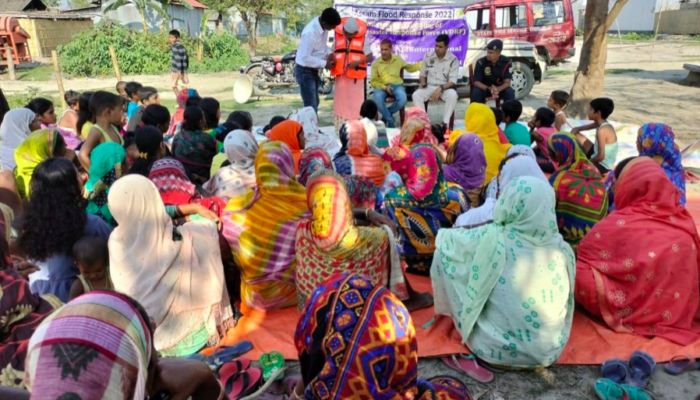
In my last job in the international humanitarian field, I worked in Switzerland. However, I started feeling that the sector was not giving enough importance to local organisations. This made me think about developing an organisation in India that would focus on Indian organisations. My main objective was to find lasting solutions to humanitarian problems. During all my years of work abroad, I noticed that many organisations were only interested in funding and not in creating sustainable solutions. I also observed that locals were not given enough opportunities to speak and were often marginalised.
It was usually the people from the North who were given a chance to speak, while the voices of the locals remained unheard.
What was your view on humanitarian aid while you were working in the humanitarian field?
As said before, I believe that humanitarian responses are often not genuinely intended to assist people in need. Unfortunately, crises are often used to raise funding, and a significant portion of the funding received goes towards operational and overhead costs, primarily used to support institutions rather than helping people in a way that strengthens their resilience and reduces their dependency on aid.
Did you also observe areas in which humanitarian aid was effective?
I see that aid works best when it is channelled through local organisations, granting them the autonomy to make decisions tailored to their community’s needs. We are now involved in a conflict response in a region of India where the community is deciding how to allocate the resources. The people are deciding how to improve their circumstances, and we are providing them with support, rather than being prescriptive to them. We facilitate them to determine how best to allocate the funds. I think this works very well.
We are providing them with support, rather than being prescriptive to them.
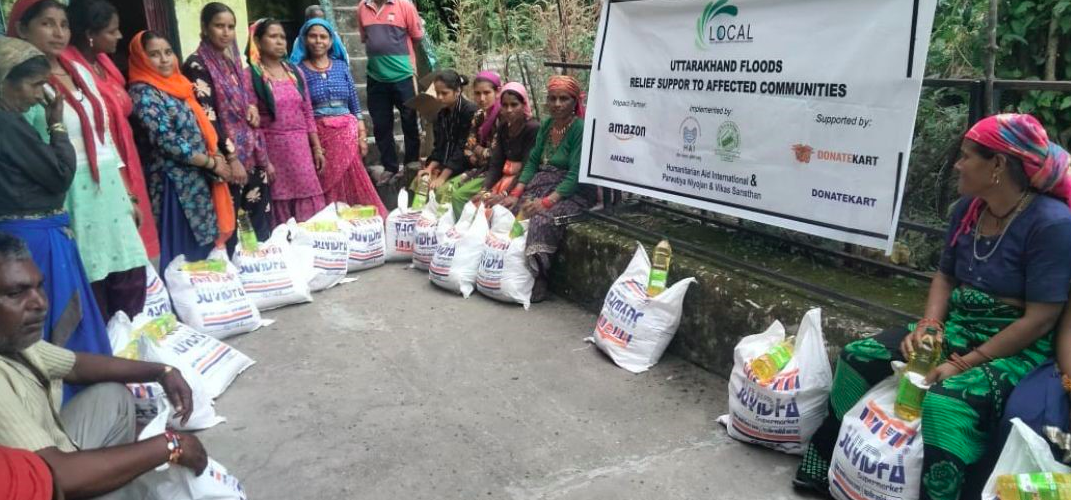
What is your goal?
We want to support local organisations because I see that bigger institutions are mostly leading, while smaller, local organisations, can’t keep up. Our mission through HAI is to bring the strength back to local organisations so that they can take the lead in driving developments and transformation change.
Do you see a difference in what international organisations desire and what communities need the most?
Most of the communities have faced crises in the past and received aid for that. When international organisations go to affected areas to do a needs assessment, the affected people know what they should answer to get support. The aid is designed in a way that it undermines the community’s ability to bounce back.
Let me give you one example. There was a major disaster in 2008 in one of the states in India and we decided to go there to see if we could support affected people. We planned an activity on food-for-work.
In order for the people to receive support, they had to engage in early recovery activities in their respective villages. When we arrived at the poorest and most affected communities and presented this programme, they started to laugh at us. They explained that they always worked very hard and never had enough to eat more than two meals a day until this disaster hit them. International organisations came and provided them with a surplus of food supplies. It was more than they ever had before. Our project failed. This experience reinforced my belief that international organisations prioritise spending money over providing genuine assistance. We as HAI aspire to change that. We want to help people to get stronger and foster resilience and empowerment. Only that is a durable solution.
Off course, our project failed.
How do you know where to start?
We don’t visit areas affected by problems to ask what they need. Instead, we start by understanding what people are already doing on their own to solve their issues. By doing this, we aim to determine what additional support they may require to continue their efforts. This approach helps us to identify if we can provide assistance and customise our activities accordingly.
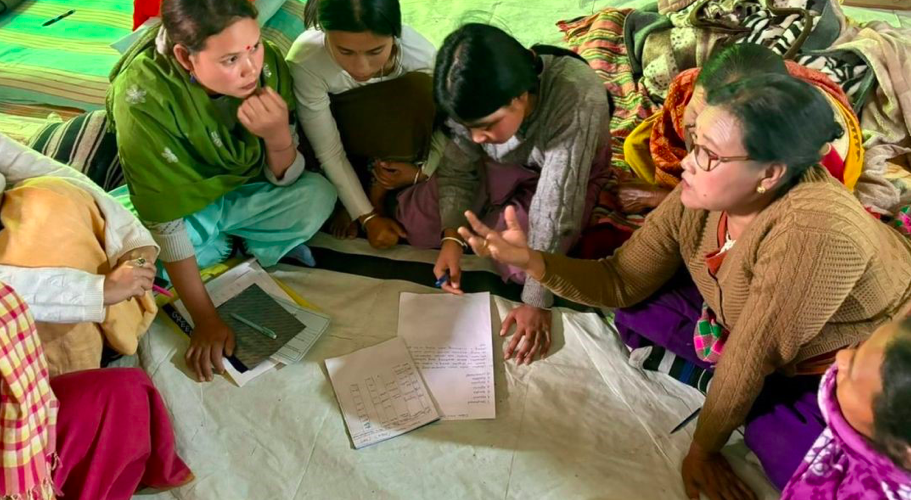
Can you tell me something about HAI?
We are working with three pillars:
The first pillar involves a national platform of local organisations called LOCAL (Local Organisations’ Coalition for Advancing Localisation), which emphasises collaboration and knowledge sharing between national organisations across India. By working together, we can complement and support each other, allowing us to react more effectively to events.
The second pillar is a pooled fund, which allows us to respond quickly after sudden disasters. By pooling financial resources, we can expedite the allocation of funds to support emergency response efforts, ensuring that vital assistance reaches affected communities in a timely manner.
The third pillar focuses on developing a humanitarian roster, which would consist of competent human resources pooled from within the LOCAL membership. These resources can provide surge support to LOCAL members or other organisations during times when they may feel overwhelmed responding to a disaster.
We respond to all kinds of disasters in India, including floods, droughts, landslides, conflicts, and refugees.
What are the challenges that you faced over the years?
We are vocal and disruptive and challenge the existing power structure. However, when you do so, you face backlash, and as a result, HAI is currently facing a lot of challenges. While we do make friends, we also make enemies, and a lot of the problems we face are due to criticism from country offices of international organisations. They feel irritated and threatened by us, which is why they are attacking us. Their attempts to marginalise and demoralise us have also harmed our funding.
How do local organisations and beneficiaries respond to your support?
They are often happy that we speak up on their behalf. Many local organisations are not confident enough to challenge bigger organisations and are afraid that they will lose their funding. While it’s not a common occurrence, we are noticing that smaller organisations are becoming more vocal and willing to speak up.
They are often happy that we speak up on their behalf.
Within HAI you started DATA, can you explain what kind of platform this is?
DATA is a common platform for humanitarian organisations in India, and donors worldwide making funds to India, to publish their financial data (as of now only for humanitarian programmes). While we have IATI and FTS at the global level for reporting financial data, there is none at the national level across the Global South. Currently, it is very hard to find data on local investments and I believe this has to change. We need to have more transparency on how much funds organisations receive and how they spend it; transparency is needed.
In DATA you can log in as a donor or as an NGO, and you have to fill out some questions. When the basic details are verified by our team, donors and NGOs can put information in the system and when they do so, we can see how organisations invest the funds that they receive from their donors.
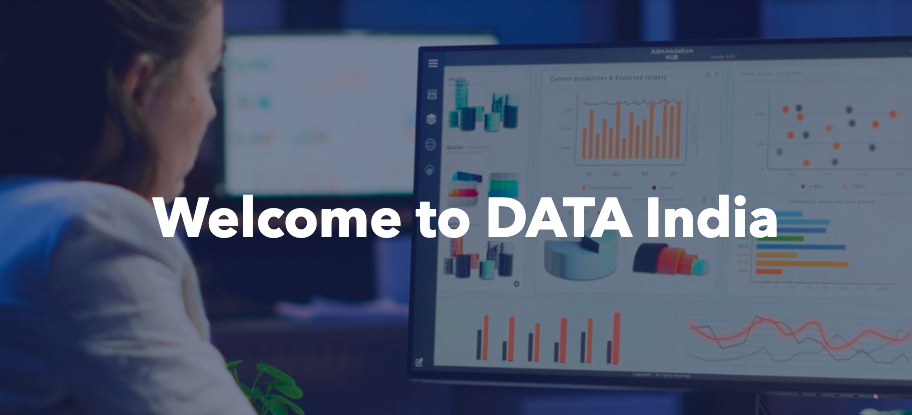
What was your motivation to create this platform?
There was nothing like this on the national level. The main problem with available global data platforms is that they are not comprehensive enough and do not provide country-level disaggregated data. They do not provide details regarding the funding flow and the different transactional levels involved.
How are you going to get organisations using the system?
That is the most difficult part. Even though every organisation is talking about accountability, it is still very challenging to get organisations to publish their data. That is why we need more visibility. Importantly, we also need to show that using this system will bring benefits to local organisations. We have to show them what’s in it for them in the long run.
How are organisations responding to the DATA platform?
It is challenging; we get a lot of enthusiastic responses, but there are not so many organisations willing to share their data. I believe this reluctance stems from a fear of vulnerability, as transparency entails exposing yourself to potential risks.
Why is transparency so important?
Organisations receive money from donors to help people in need, and they should not treat it like their own money. Being transparent with the fund’s utilisation will ensure optimal utilisation of funding for the betterment of the affected population.
How are you going to get more organisations involved?
We aim to begin by engaging our LOCAL member organisations and encouraging them to share their data. We want to make the process simple and accessible for all, even for organisations without technical staff. Our focus is on getting many small organisations to adopt the platform. In addition to onboarding small organisations onto the platform, we plan to host roundtable discussions to inform larger organizations and government entities. Moreover, we’re exploring collaborative opportunities with other organisations to expand our network.
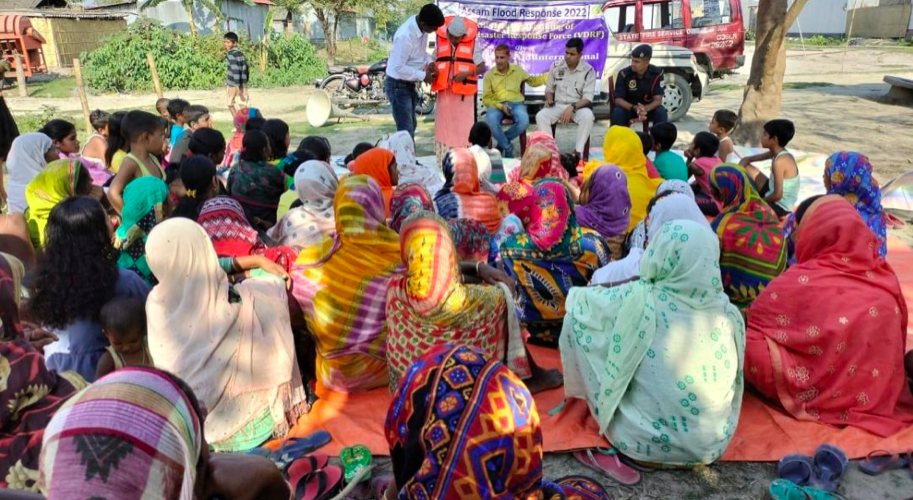
What is your ambition for the coming years?
Our next plan is to provide more justice to frontline workers. Despite being the bedrock of the humanitarian sector, they are paid poorly and often denied any kind of social security. Their risk remains immense while being exposed to all sorts of risks. We are planning to conduct a global study to collect evidence and thereby advocate for fair treatment of them.
Author: Marianne Sijtsma
Date: 16 April 2024
